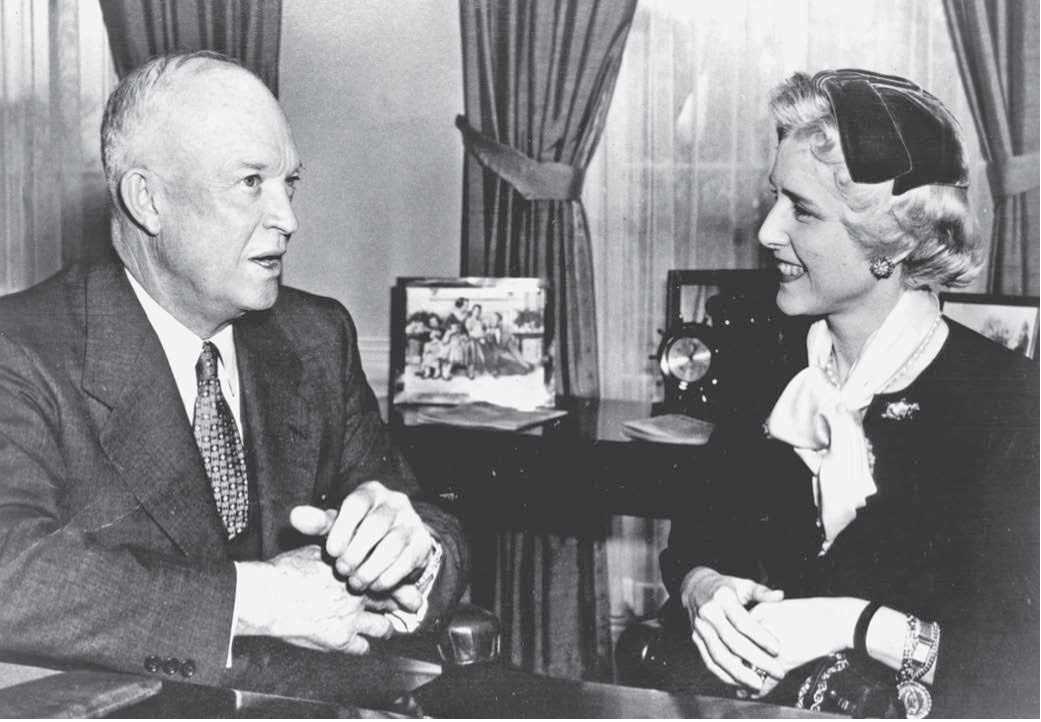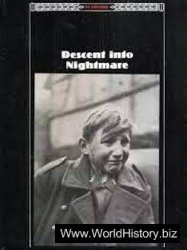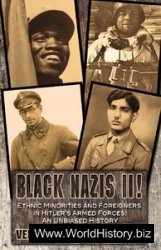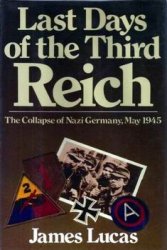After World War II, driven partly by COLD WAR tensions, American education underwent extensive changes.
During the early decades of the 20th century, primary schools provided education for all children up to the age of about 12, but only the wealthy went on to further schooling. High school and college education in the United States was just for the rich and the upper middle class. Secondary education was a fairly new concept, based on the European style of education designed for the small number of students planning to go on to college.
After World War II, education underwent a major change. It became an important issue for many more Americans, as experts offered ideas on how to expand educational opportunities in the United States and make schooling more available to the masses. Education became relevant to the everyday lives of Americans, as schools directed attention to the need for social, civic, and economic competencies. Most Americans believed that, like primary schooling, both secondary and college education should be made easily accessible to all.
The demand for better schools at all levels was further fostered in the 1950s by a growing consumer culture. The American dream of every family owning an automobile and a house with a yard could be achieved only through education. Primary education, which taught basic skills, remained important, while secondary schooling for everyone, not just the rich, became an important next step. Secondary schools, which came to be known as high schools, were now increasingly common in small towns across America. The curriculum of high schools became broader than it had been before the war, offering advanced mathematics, English, sciences, humanities, languages, and a host of other subjects necessary for the pursuit of what Americans came to feel was the good life. A prevailing assumption was that graduating from high school was necessary to secure a good job, defined as the ability to buy the abundant material goods now available.
Other factors also influenced the advancement of education. In 1957, the Soviet Union launched Sputnik, the world’s first orbiting satellite. When Americans learned that the Russians had beat the United States into space, the country panicked. Americans believed that, if the Soviets already had a more highly developed TECHNOLOGY than the United States, their educational system must be superior. In response, President Dwight D. Eisenhower signed the National Defense Education Act on September 2, 1958. The act authorized grants to improve instruction in science, math, and foreign languages, with total expenditures of around $1 billion. With the National Defense Education Act in place, state and local governments dispersed funds to various educational institutions.
In the 1960s, President JOHN F. Kennedy began a drive to create programs that ensured that all students
Would receive a well-rounded education and an opportunity to attend college. He called for aid to education during his administration, but legislation was not passed until 1965 under President LYNDON B. JOHNSON and his Great Society. The Elementary and Secondary Education Act of 1965 played a major role in furthering the education of the average American. The measure made it more possible for all children, even the impoverished, to receive a quality education, bolstering the number of children able to pass college entrance exams. Congress also passed the Higher Education Act of 1965, a measure that provided a permanent program of financial aid to both public and private colleges as well as to individual students. This program sought to ensure that members of every social class could secure access to a higher education. The act allowed universities to expand and build new libraries, and fostered improvement in the overall quality of universities.
The most dramatic shift in college education came with the return of servicemen from World War II. The Serviceman’s Readjustment Act of 1944, or the GI Bill as it was commonly called, dispersed funds for veterans to attend college. Following World War I, the National Defense Act of 1920 had provided military training in conjunction with higher education. Under this measure, the Reserve Officers Training Corps (ROTC) was established at universities around the country. It established military training programs as part of academic coursework. The aim of this program was to prepare reserve and noncommissioned officers for future military service. The GI Bill, however, was a comprehensive act that allowed veterans more than just military training. It included provisions such as: one year of schooling for veterans who had served at least 90 days, with additional schooling equal to the time they spent on active duty; payment for books and supplies, as long as the amount did not exceed $500; and a monthly allowance of $50. Veterans could attend any college desired, as long as it was an accredited school.
The GI Bill made a tremendous difference. In 1930, less than 10 percent of all high school graduates had gone on to further education; by 1965, more than one half of all high school graduates did so. While many veterans enrolled in large, four-year universities, almost one half of veterans began their education at community colleges. In 1940, approximately 200,000 students were enrolled in community colleges. By 1968, nearly 2 million students chose to attend junior colleges. Aggregate numbers soared. In 1945, over 900,000 students were enrolled in two - and four-year colleges and universities. By 1947, more than 2 million students were enrolled in such institutions. Veterans comprised nearly 50 percent of students in attendance.
Throughout the 1950s and 1960s, the rise in student enrollments extended to graduate schools and professional schools. Increasingly, larger numbers of students chose to pursue education beyond a baccalaureate degree to earn masters or doctoral degrees at graduate schools. Others chose to enter professional schools for specialized training in areas such as law, business, medicine, dentistry, and veterinary science.
Many schools were at first unequipped to deal with such large numbers of students. Prefabricated housing and recycled Quonset huts, which once provided housing for soldiers, became part of the landscape on many college campuses in the early postwar years. Only later did permanent new buildings appear. The profusion of students also created a need for more professors in the classroom. In 1940, the nation’s colleges and universities employed approximately 145,000 full-time teaching employees; in 1960, that number had doubled to more than 300,000. Large numbers of students chose to extend their education by entering graduate school to become professors. By the end of the 1960s, about 30,000 Ph. D.s annually were awarded to students across the United States.
Meanwhile, student activism became an important part of college life in the 1960s. Students participated in SIT-INS, picket lines, and other demonstrations, petitioning the government, among other issues, against the violation of civil rights of African Americans. College students also participated in the FREEDOM RIDES into the Deep South to desegregate transportation facilities. In 1964, the Free Speech Movement at Berkeley sought to protect political and civil rights for all Americans. By 1965, students could be found protesting the U. S. government’s actions in the Vietnam War.
The post-World War II efforts by the United States to make the nation’s educational system competitive with the rest of the world were largely successful. Education at the primary, secondary, and post-secondary levels improved dramatically in the postwar years.
Further reading: John S. Brubacher, Higher Education in Transition: A History of American Colleges and Universities, 1636-1968 (New York: Harper & Row, 1968); Lawrence Cremin, Popular Education and Its Discontents (New York: Harper & Row, 1990); Christopher J. Lucas, American Higher Education: A History (New York: St. Martin’s Press, 1994).
—Matthew Escovar and Megan D. Wessel
Eisenhower, Dwight D. (1890-1969) commander of Allied forces in Europe during World War II, 34th U. S. president
Following a successful military career, Dwight D. Eisenhower entered the political world and served as the 34th president of the United States.
Dwight David Eisenhower was born on October 14, 1890, in Denison, Texas. A year after his birth, the Eisenhower family moved to Abilene, Kansas, where Eisenhower spent the rest of his childhood. Although the family lived in poverty, Eisenhower won a merit appointment to the U. S. Military Academy at West Point, New York. While at West Point, he suffered a serious knee injury that sidelined him from participating in both football and baseball. Following his graduation from West Point in 1915, he held a variety of military posts, including service as an aide to the assistant secretary of war in Washington, D. C., where he met General Douglas MacArthur, who was the Army Chief of Staff at the time.
Following the Japanese attack on Pearl Harbor in 1941, Eisenhower rose to become supreme commander in the European Theater during World War II. He devised Operation Torch, which successfully gave the Allies a foothold in North Africa. His finest moment came in planning Operation Overlord, the Allied invasion of Europe on June 6, 1944, in Normandy, on the coast of France. The whole operation depended upon the weather at the time of invasion. Although the weather conditions were not ideal, Eisenhower ordered the invasion to proceed. Unable to predict the outcome of his orders, he kept a message in his wallet accepting personal blame if the Allies suffered a defeat. Operation Overlord, however, was a success, and the Allies went on to victory over the Axis powers.
Returning to the United States a war hero, Eisenhower served as Army Chief of Staff. Leaving the army in 1947, he accepted the post of president of Columbia University. In 1950, Eisenhower left his post at Columbia University, as President Harry S. Truman called upon him to serve as the supreme commander of the North Atlantic Treaty Organization (NATO) defense forces.
In 1952, Eisenhower won the Republican nomination for president. His advisers then suggested that Eisenhower choose a young, staunch anticommunist for the position of vice president. Although Eisenhower had never had an extended private conversation with Senator Richard M. Nixon, he chose the Californian as his running mate. On election night, Eisenhower beat his Democratic opponent, Adlai Stevenson, with 55.1 percent of the popular vote and 442 electoral votes.
After taking office in 1953, Eisenhower was immediately faced with finding a way out of the Korean War, which had begun three years before. By moving nuclear warheads to the island of Okinawa, Eisenhower gained the upper hand in dealing with China. Facing possible nuclear intervention, China signed an armistice effectively ending the war. In addition to this foreign affairs crisis, America was also entangled in Vietnam, sending millions of dollars of aid to the French-controlled government. Eisenhower realized the potential quagmire of greater American involvement in

Dwight D. Eisenhower talking with Clare Boothe Luce (Library of Congress)
Vietnam, and he resisted large-scale expansion of the role of the United States. He did support the formation of the Southeast Asia Treaty Organization (SEATO) to try to cope with crises in the area.
On the home front, Eisenhower was committed to promoting a less activist government. While accepting the innovations of the New Deal, he nonetheless wanted to scale back government intervention in the economy. Also given the opportunity to influence the courts, he appointed Earl Warren as chief justice of the Supreme Court in 1953. Later in his career, Eisenhower objected to the extent of Warren’s judicial activism.
Eisenhower also faced the unchecked allegations of Senator Joseph R. McCarthy concerning rampant communist infiltration within the government. Following the Army-McCarthy hearings, the president took action. Although he never publicly repudiated McCarthy, Eisenhower strongly encouraged Republican senators to vote for the condemnation of the senator in 1954, which effectively ended McCarthy’s political career.
Following his reelection in 1956, Eisenhower was faced with yet another crisis at home. After the decision of the Warren Court in Brown v. Board of Education (1954), which declared that segregated schools were unconstitutional, the president was compelled to uphold the ruling. When a number of African-American students were denied entrance to Little Rock’s all-white Central High School, Eisenhower sent army paratroopers and National Guardsmen into Arkansas to enforce the Supreme Court’s mandate.
Eisenhower was active on other fronts as well. He created the National Aeronautics and Space Administration (NASA) in response to the 1957 Soviet launch of Sputnik, the first man-made satellite to circle the earth. He also supported the Interstate Highway Act of 1956, which authorized the construction of more than 40,000 miles of access roads, forming the world’s most complex highway network.
Eisenhower died on March 28, 1969, nine years after leaving office. The records of his presidency are preserved at the Eisenhower Presidential Library and Museum in Abilene, Kansas. His life is also commemorated by the Eisenhower Birthplace State Historic Site in Denison, Texas, and by the Eisenhower National Historic Site in Gettysburg, Pennsylvania.
Further reading: Stephen E. Ambrose, Eisenhower, Vol. 1, Soldier, General of the Army, President-Elect 1890-1952
(New York: Simon & Schuster, 1983);-, Eisenhower,
Vol. 2, The President (New York: Simon & Schuster, 1984); Michael R. Beschloss, Eisenhower: A Centennial Life (New York: HarperCollins, 1990); Fred I. Greenstein, The Hidden Hand Presidency: Eisenhower as Leader (New York: Basic Books, 1982).
—Clayton Douglas




 World History
World History









